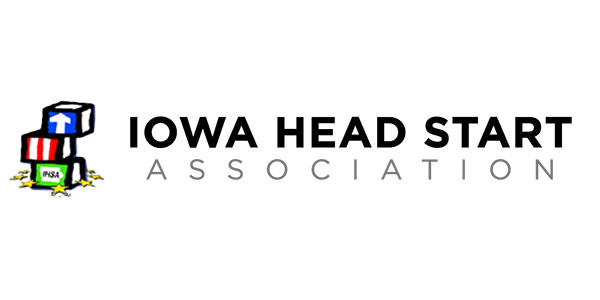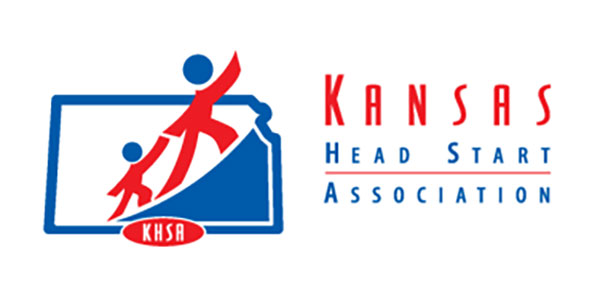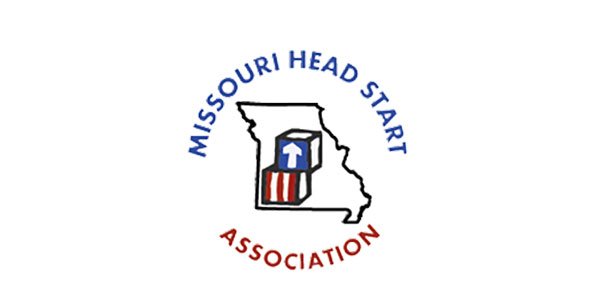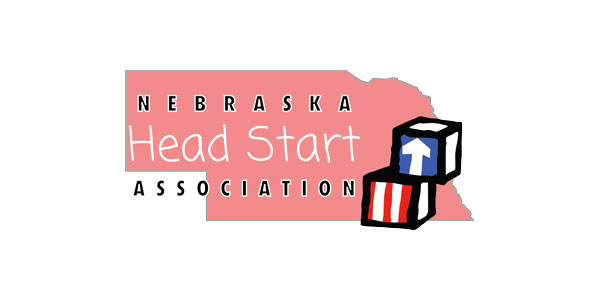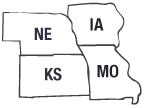
- This event has passed.
Planned Language Approach
March 6, 2018 @ 8:30 am - March 8, 2018 @ 12:00 pm

Planned Language Approach (PLA) is a comprehensive process that early childhood programs use to manage and implement high quality language and literacy practices for ALL children—those who are dual language learners (DLLs) and those who are English speaking. PLA recognizes that language and early literacy development are at the core of children’s long-term success. Therefore, it ensures that young people and their families receive the comprehensive services needed for young children to thrive (Isaacs, 2012; Snow, Burns, & Griffin, 1998).
A Planned Language Approach incorporates proven strategies:
- Research-based approaches to ensure that children close the achievement gap at an early age
- Early language and early literacy environments and experiences that are known to support children’s long-term academic success
- Consistent and responsive family engagement in children’s educational and social growth, especially in supporting the home language of DLLs
- Careful and intentional implementation of research-based practices that can prevent reading failure and promote school success
A cohesive PLA guides program-wide planning and decision making about language and early literacy practices. Individual teachers may have different levels of understanding and skill in key teaching practices. Instructional decisions such as these should be intentional, program-wide, and based in research. When a program-wide PLA is in place, critical decisions about the amount and kinds of language and literacy experiences are guided at the program level in order to ensure that all children receive high-quality experiences, even as their teachers individualize for each child’s unique needs.
Planned Language Approach is a guided process that supports Head Start and Early Head Start programs to plan and implement high-quality language and early literacy services in ALL classrooms and for ALL children.
REGISTER NOW
Details
- Start:
- March 6, 2018 @ 8:30 am
- End:
- March 8, 2018 @ 12:00 pm
Organizer
- Mike Baugher
- Phone
- 8165506388




